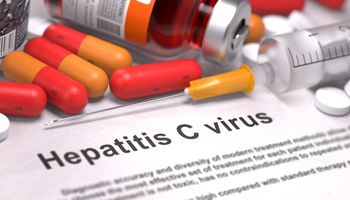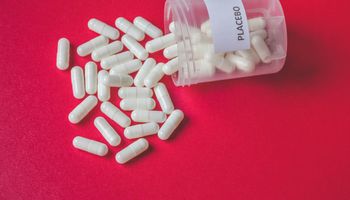Definition of "vegan":
Although the term has been gaining popularity in recent years, veganism was likely coined by Englishman Donald Watson, who founded the Vegan Society in 1944. Vegan diet refers to the intake of food without animal products such as meat, eggs, milk or even honey. So-called "vegans" accordingly eat only plant-based foods.
While according to the Vegan Society Austria (VGÖ) there are about 80,000 pure vegans living in the country, Germany is home to about 1.16 million vegans according to the Allensbach Market and Advertising Media Analysis. Around 222,000 people follow a vegan diet in Switzerland.
Framework of the study:
The, published in the journal of the American Medical Association, randomized clinical trial was conducted for 16 weeks between January 2017 and February 2019 in Washington, DC (United States of America). Approximately 8% (244) of the 3115 people who responded to flyers in doctors' offices and newspaper/radio advertisements met participant criteria (25-75 years old, BMI (body mass index) of 28 to 40) after undergoing additional telephone screening.
Study participants were randomized in a 1:1 ratio. While the study group (122 participants) was asked to follow a low-fat vegan diet, the control group (122 participants) was not to make any dietary changes during the study period. 87% of the participants were female and the mean age was 54.4 years.
Study design and results:
Using a calibrated scale, participants' body weight was assessed at baseline and at the end of the study. Body composition and visceral fat (also called intra-abdominal fat) were measured by dual X-ray absorptiometry. Visceral fat in vertebrates (vertebrates) is referred to as fat stored in the free abdominal cavity that coats the organs. Insulin resistance was measured using the homeostasis model assessment of insulin resistance ( HOMA for short) and the predicted insulin sensitivity index or PREDIM. The thermic effect of food (i.e. the energy expended in digesting, storing and transporting ingested food) was measured by indirect calorimetry, 3 hours after a "standard breakfast" (approximately: 720kcal). In a subgroup (44 participants), certain lipids (i.e. fats) were additionally assessed by a special MRS (i.e. magnetic resonance spectroscopy) procedure.
During the 16-week study period, body weight decreased by an average of 5.9 kg in the study group. The thermic effect of food increased by 14.1% in the intervention group and insulin resistance improved in both assessment models (-1.3 points in HOMA and 0.9 points in PREDIM). While lipid levels decreased significantly in the study group (34% and 10% in liver and muscle cells, respectively) and gut microbiota changed significantly, none of these different variables showed a significant change in the control group.
Conclusion and Relevance:
The study concluded that a low-fat plant-based dietary change reduces body weight by reducing energy intake and increasing metabolic rate after a meal (i.e., postprandial). Moreover, these changes are associated with a reduction in fats and increase in insulin sensitivity (i.e., decreased insulin sensitivity is characteristic of type 2 diabetes).
It should not be ignored that a change in diet should be combined with advice from a physician, especially for people who have increased nutritional needs or are themselves growing. The German Society for Nutrition advises against a purely vegan diet for these groups, as it is difficult to cover nutrient requirements exclusively through plant foods.
Active ingredients:






